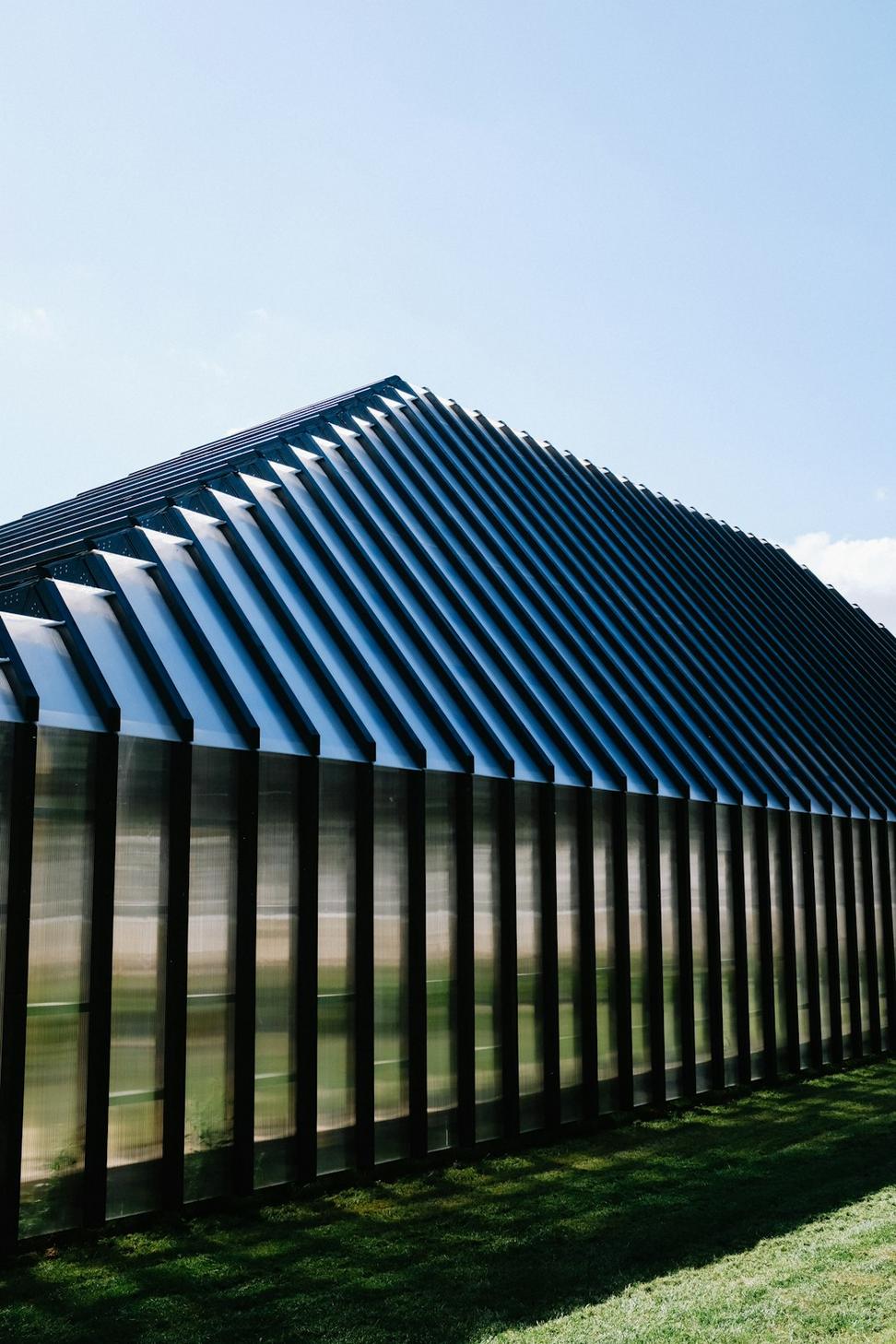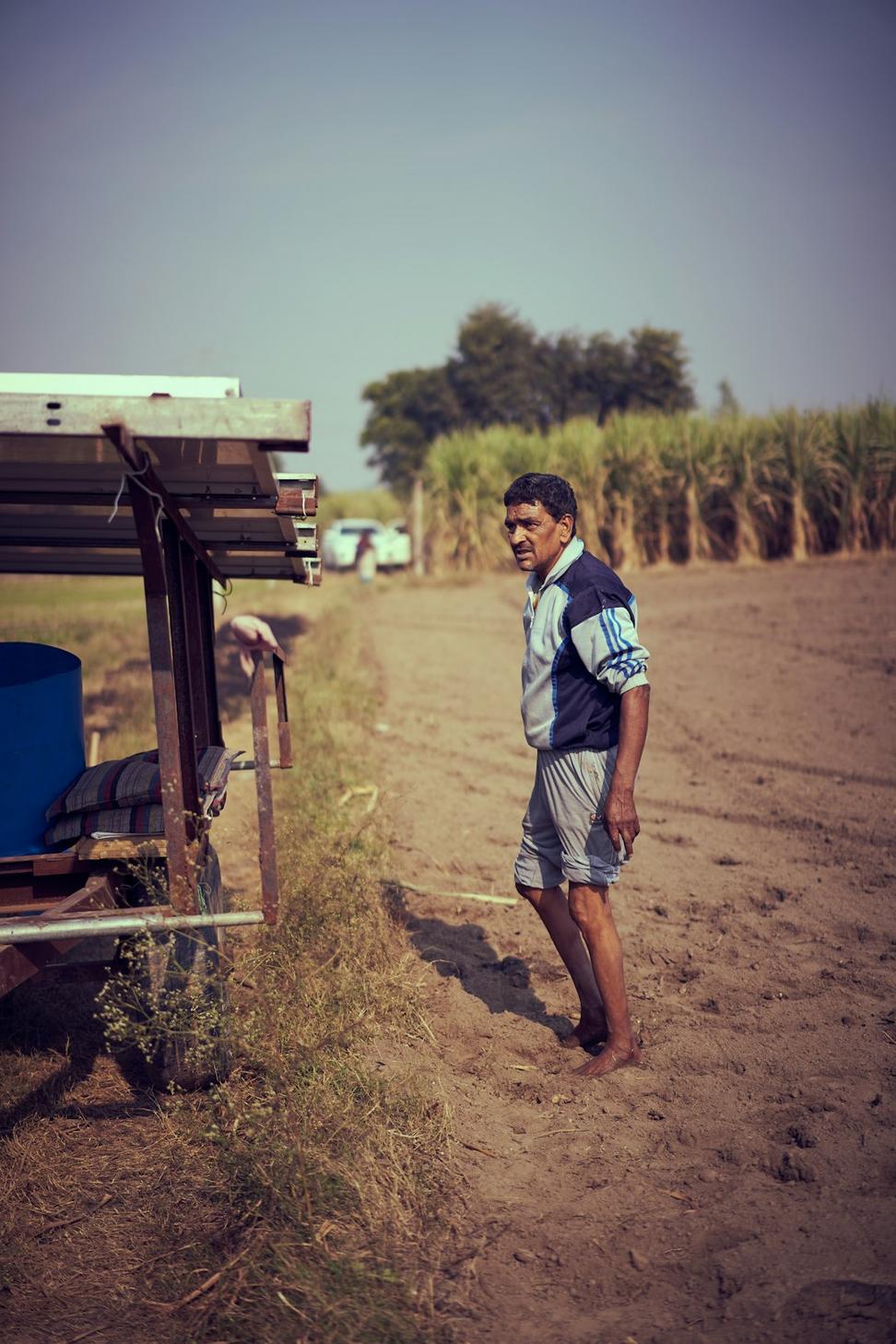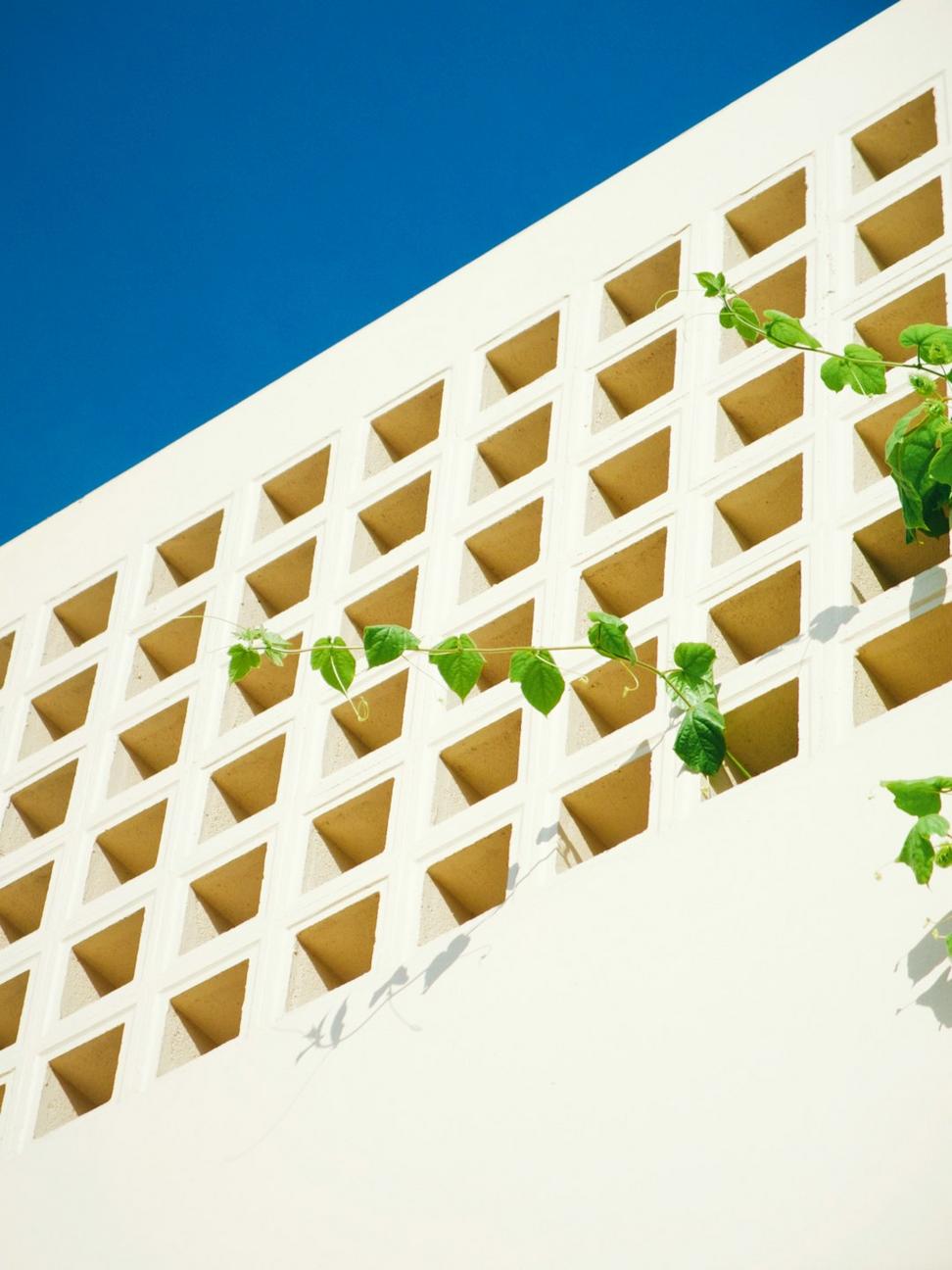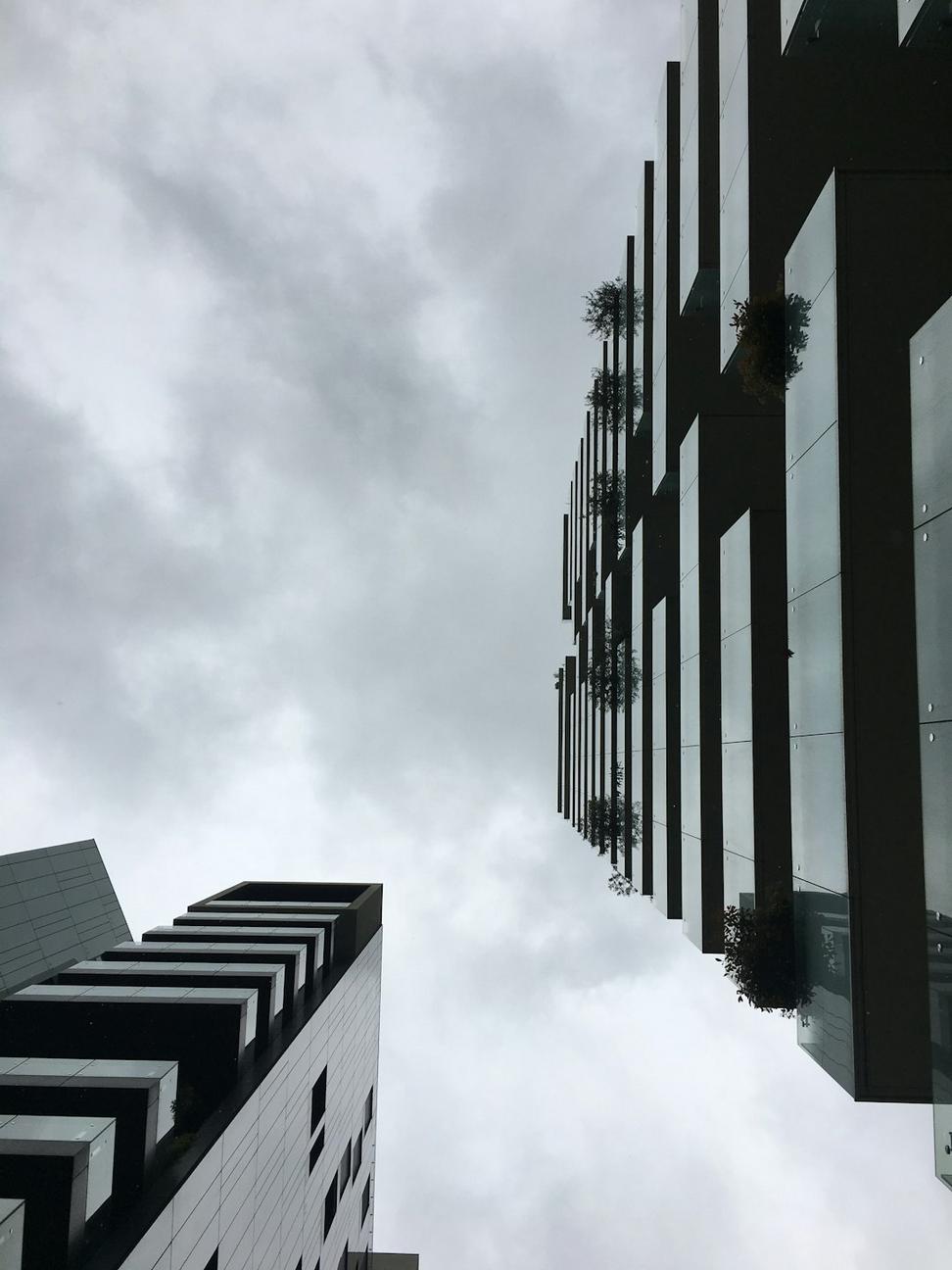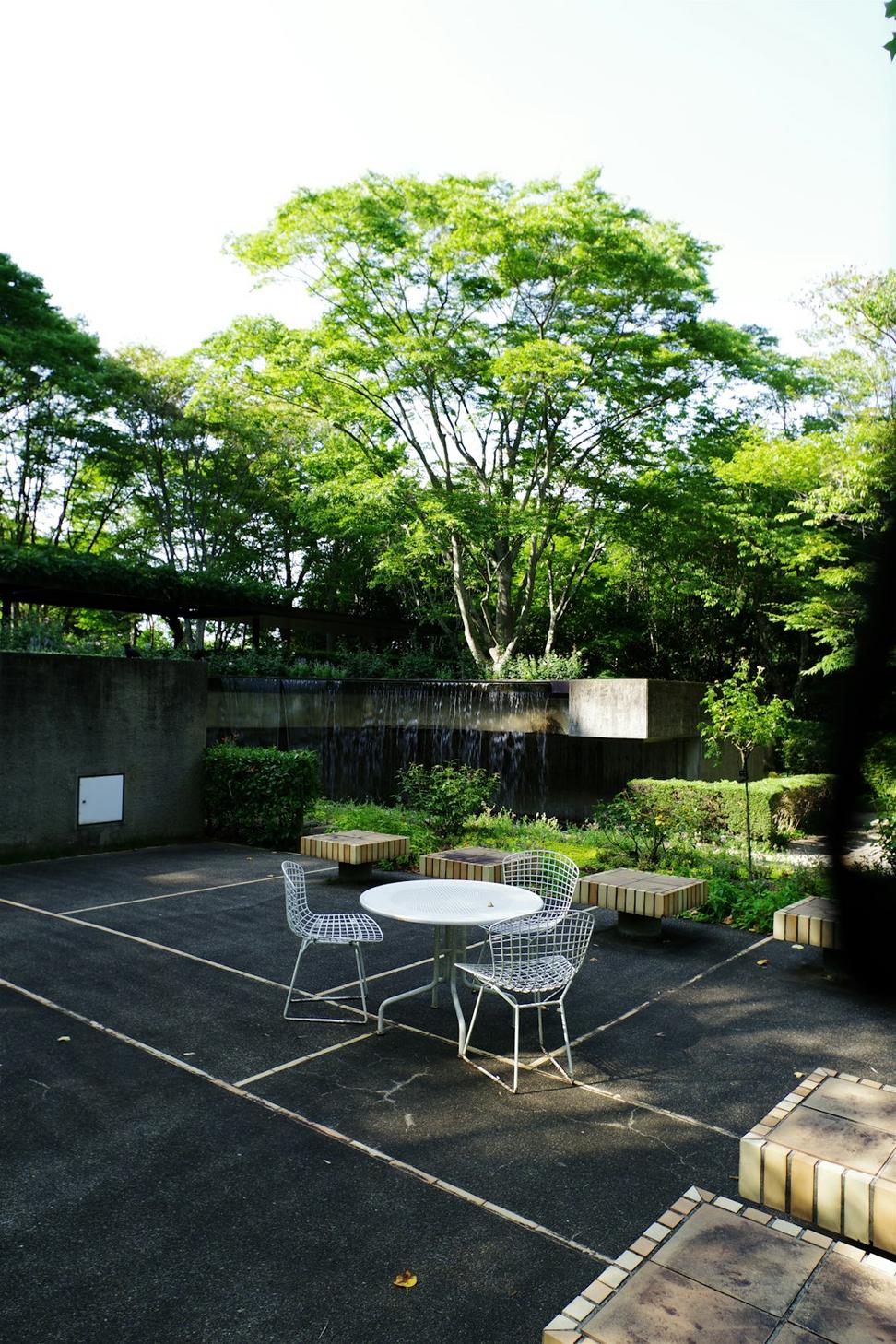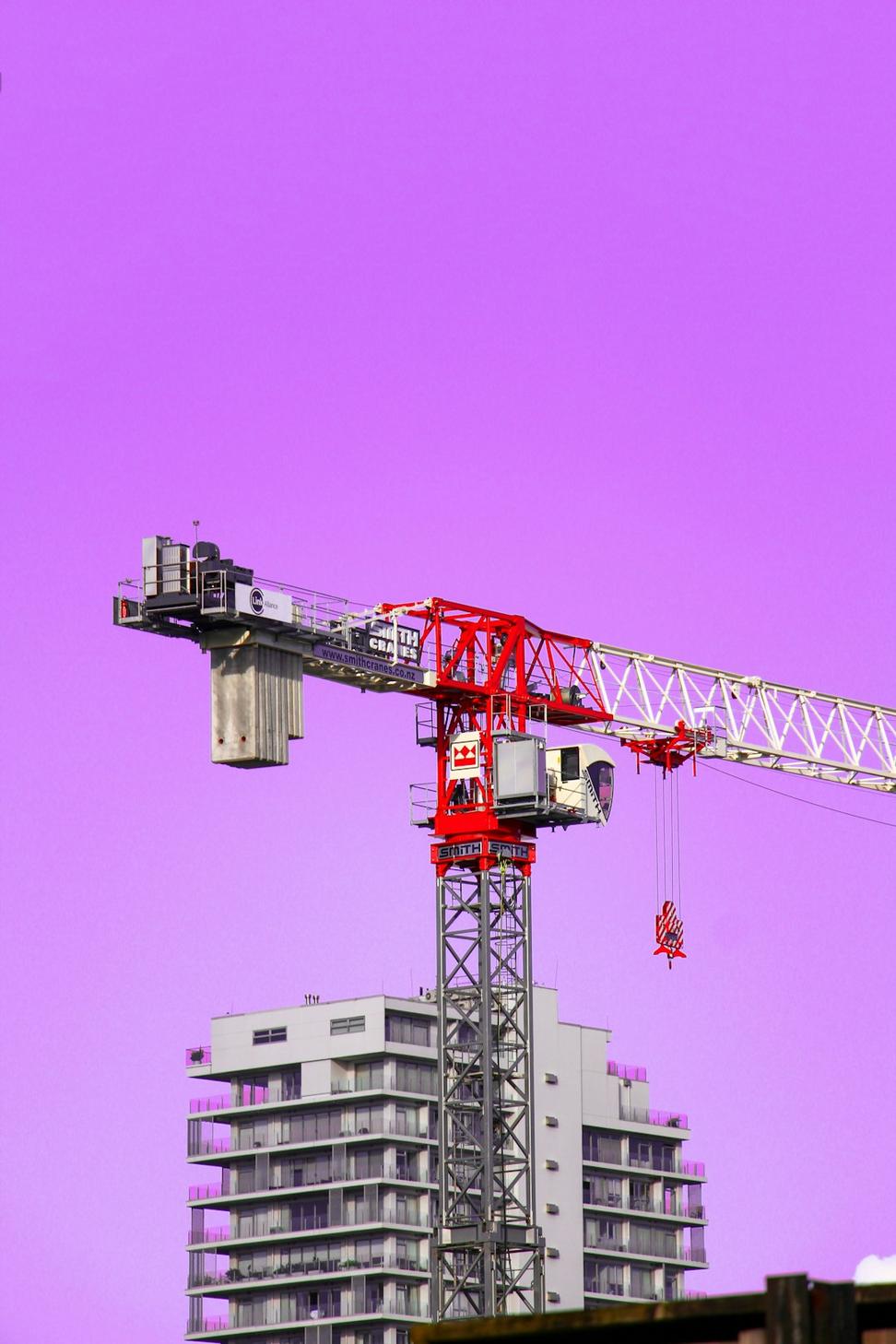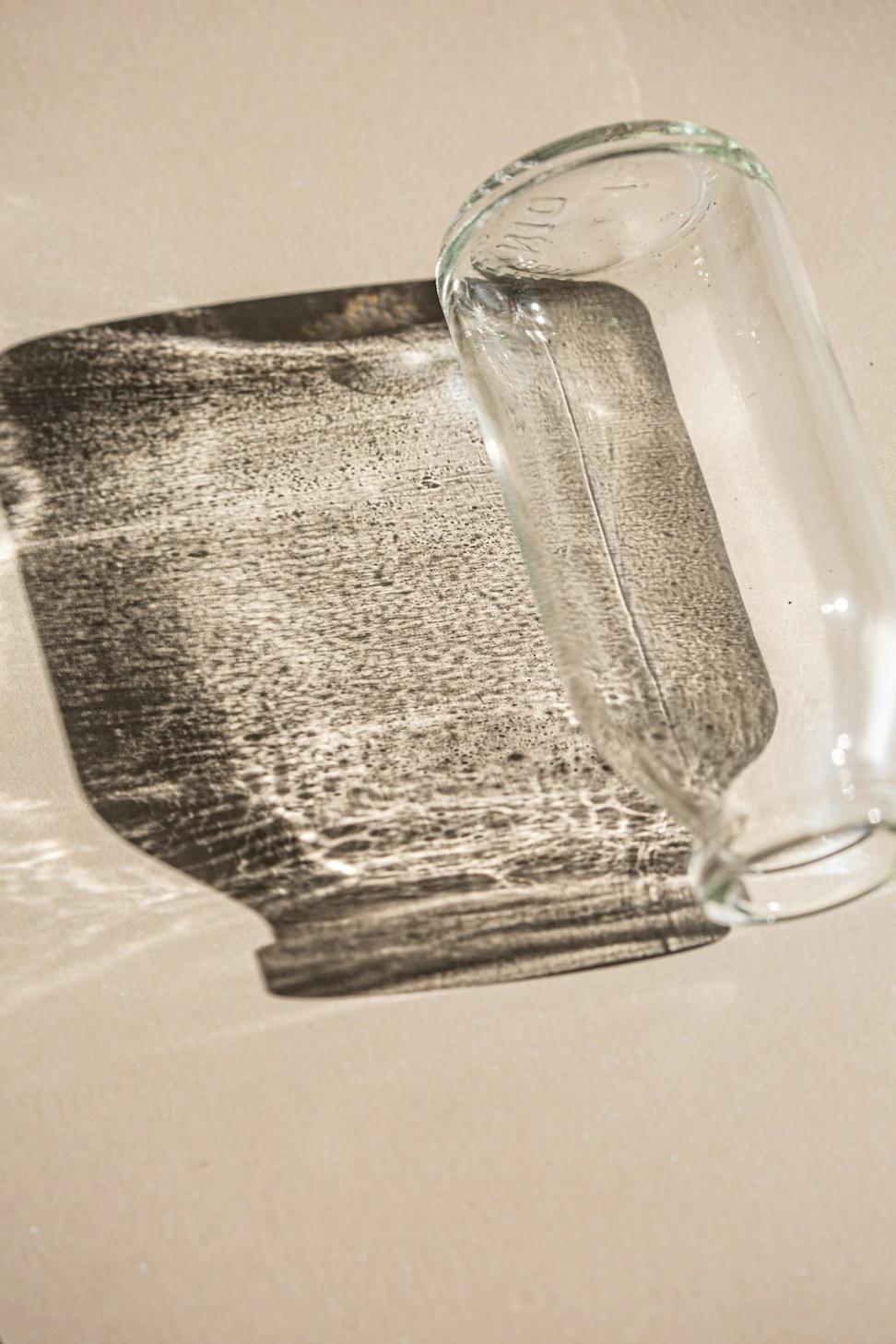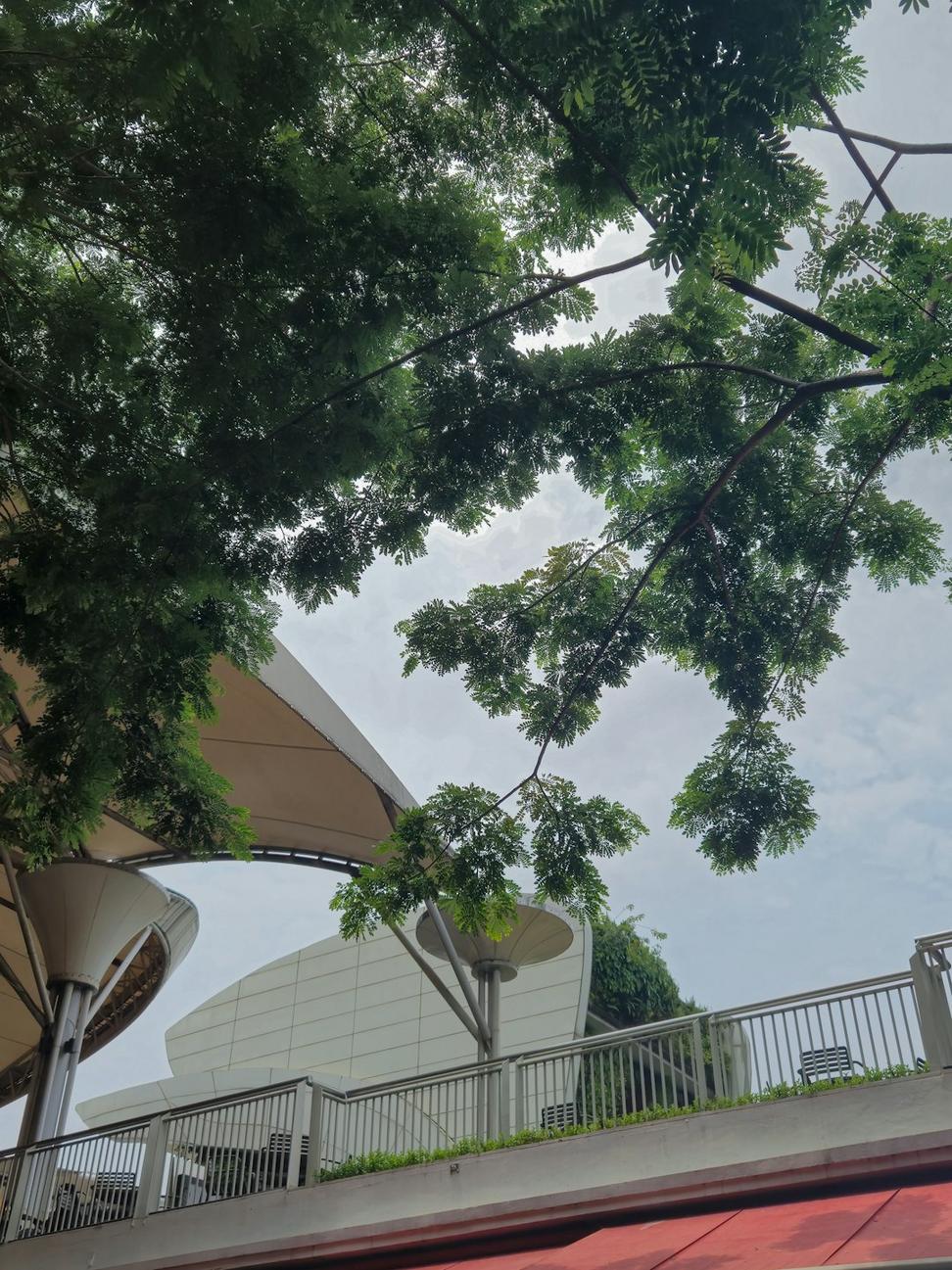
Our Environmental Mission
At Glory Storm Quivar Architecture, sustainability isn't just a buzzword—it's the foundation of everything we design. We believe that creating resilient, storm-resistant structures must go hand-in-hand with protecting our planet for future generations.
Our approach integrates cutting-edge green technologies, renewable materials, and energy-efficient systems to minimize environmental impact while maximizing structural integrity and occupant comfort.
